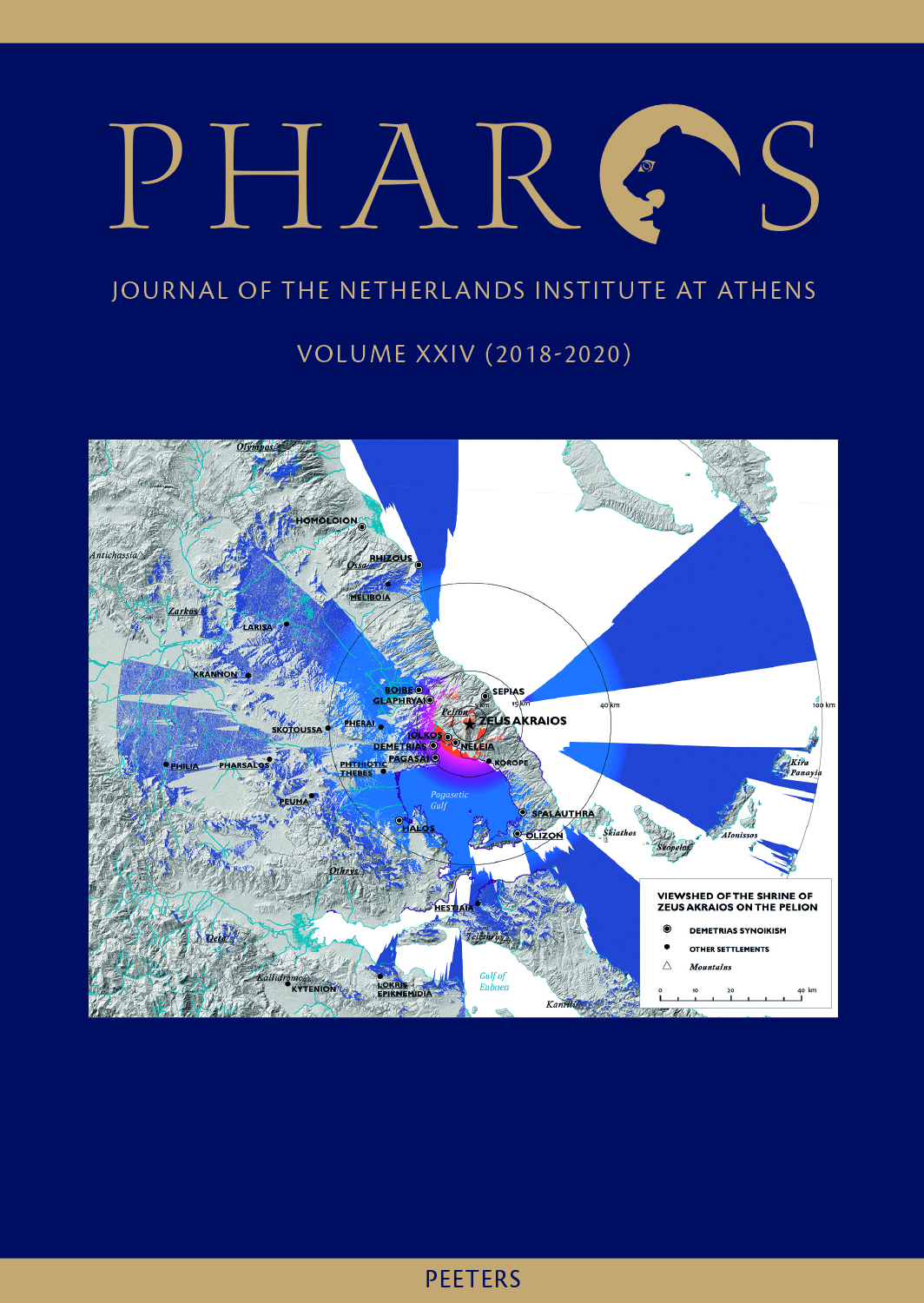 previous article in this issue previous article in this issue | next article in this issue  |

|
Document Details : Title: 'A Certain Kind of Realism' Subtitle: Greek Tragedy in Cinema Author(s): MICHELAKIS, Pantelis Journal: Pharos Volume: 17 Issue: 1 Date: 2009-2010 Pages: 103-115 DOI: 10.2143/PHA.17.1.2136895 Abstract : Cinematic realism has been associated with commercialism and entertainment, with the promise of unmediated access to and duplication of an objective and fixed reality, and with a rigid notion of the classic at once prescriptive and hegemonic. However, cinematic realism has also been linked with alternative visions of cinema and of reality as a textual construct or as something that lacks transparency, defies control, and stands beyond the powers of human perception and technology. The distinction between these two uses of realism may seem clear and straightforward, but, to put it to the test and to see what issues it raises for the process of film adaptation and canonization, this article concentrates on two of the best-known film adaptations of Greek tragedy: Michael Cacoyannis’ Electra and Pier Paolo Pasolini’s Oedipus the King. To explain how Cacoyannis turns a difficult play to a successful film, and why he draws on Euripides’ version when Sophocles’ would have been a more suitable alternative, or to explain how Pasolini turns one of Sophocles’ most canonical plays to a provocative film, one needs to engage in debates about the relative value of the work of the two tragedians which go all the way back to Aristophanes’ Frogs and Aristotle’s Poetics. If in Cacoyannis the artistry and craftsmanship of filmmaking leaves little to chance, in Pasolini there is a sense of a sudden, unexpected, and chance encounter with a reality which cannot be controlled, where shock, pain and death appear unmediated. Cacoyannis’ film shows how striving for realism is a constant race against time, a race to develop and use aesthetic conventions and styles before they lose their potency and before they turn into mere convention. Pasolini’s film shows how realist style can push against the limits of transparency, to assault the spectator and overwhelm him or her with its excess. If Cacoyannis turns to Euripides to renew classicism and realism, Pasolini turns to Sophocles to challenge and redefine them. |
 |
